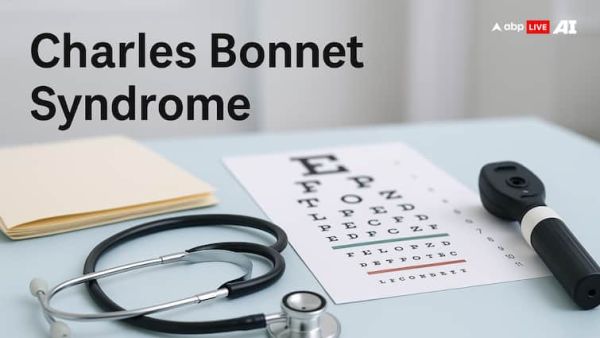
Visual hallucinations might be a common presentation in Psychiatry words. But there is an interesting neuro-ophthalmological condition where a person may be psychologically normal, yet he or she may seeing shadows, things or persons vividly, despite being visually impaired.
Charles Bonnet Syndrome also called ‛Phantom Vision’ is a condition where visual hallucinations are seen by patients as a result of damage to the visual pathway. The person has an intact cognition and an insight that the hallucinations are unreal. In 1760, Charles Bonnet first described the visual hallucinations associated with the syndrome that was experienced by his ninety year old grandfather with poor vision.
Communication Is Key In Early Identification
Commenting on the increasing trend of Charles Bonnet Syndrome, it's a very rare vision disorder but quite serious. Every year the number of patients is restricted to 2 to 3. Yes, the number is quite low. The prime reason behind this is the lack of consciousness and reluctance amongst the elderly generation. If a proper channel of communication can be established with the elderly people who are the patient of Age Related Macular Degeneration then there will be an escalation in the total number cases.
Moreover, according to a report, the concept of CBS is no more uncommon. The overall prevalence of CBS is found to be 0.5% (5/1000), 0.8% (1/120) found in those with low visual acuity, 0.6% (2/346) in the elderly, 0.8% (1/120) in both the elderly and the ones with low visual acuity. The percentage of people with Macular Disease who are undergoing visual hallucinations is 39% whereas it is 20% for the people with Glaucoma involved in visual rehabilitation.
There are various theories explaining the occurrence of CBS, but the main hypothesis is ‛Deafferentation Theory’ which suggests that the hallucinations are due to increased activity in the occipital cortex due to reduced sensory input in the eye.
Common etiologies include macular degeneration, glaucoma, cataract, retinitis pigmentosa, high myopia, cerebral infarctions, diabetic retinopathy and venous occlusion. The prevalence of CBS varies from 6.7% to 8.1%.
Understanding Phantom Visions In Elders
The visual hallucinations may be simple photopsias, grid like patterns and branching forms to complex images of people, vehicles and miniature objects. They may last from hours to a few days.
CBS might be under-reported due to a lack of awareness and fear of being labelled as mentally ill. In a study, 47% of the patients reported about their hallucinations and one-third of the medical practitioners were unaware or were uncertain about the condition.
CBS Management
Unfortunately, there is no definitive treatment for CBS. Management mainly includes patient counselling and education. Reassuring the patient that the condition is benign and has occurred as a response to visual loss, may reduce the anxiety and suffering. A few techniques to reduce the hallucinations include blinking eyes rapidly, improving the lighting conditions, moving to a different room, turning on the T.V or radio, meditation and other relaxation methods. Improving social interaction, visual rehabilitation and psychiatric medications like Olanzapine , Pregabalin have been beneficial in some patients. Recently, transcranial direct current stimulation (TDCS) to the visual cortex has been found to reduce the frequency of hallucinations.
Dr. Ruby Misra is Consultant at Disha Eye Hospitals
[Disclaimer: The information provided in the article, including treatment suggestions shared by doctors, is intended for general informational purposes only. It is not a substitute for professional medical advice, diagnosis, or treatment. Always seek the advice of your physician or other qualified healthcare provider with any questions you may have regarding a medical condition.]
Contact to : xlf550402@gmail.com
Copyright © boyuanhulian 2020 - 2023. All Right Reserved.